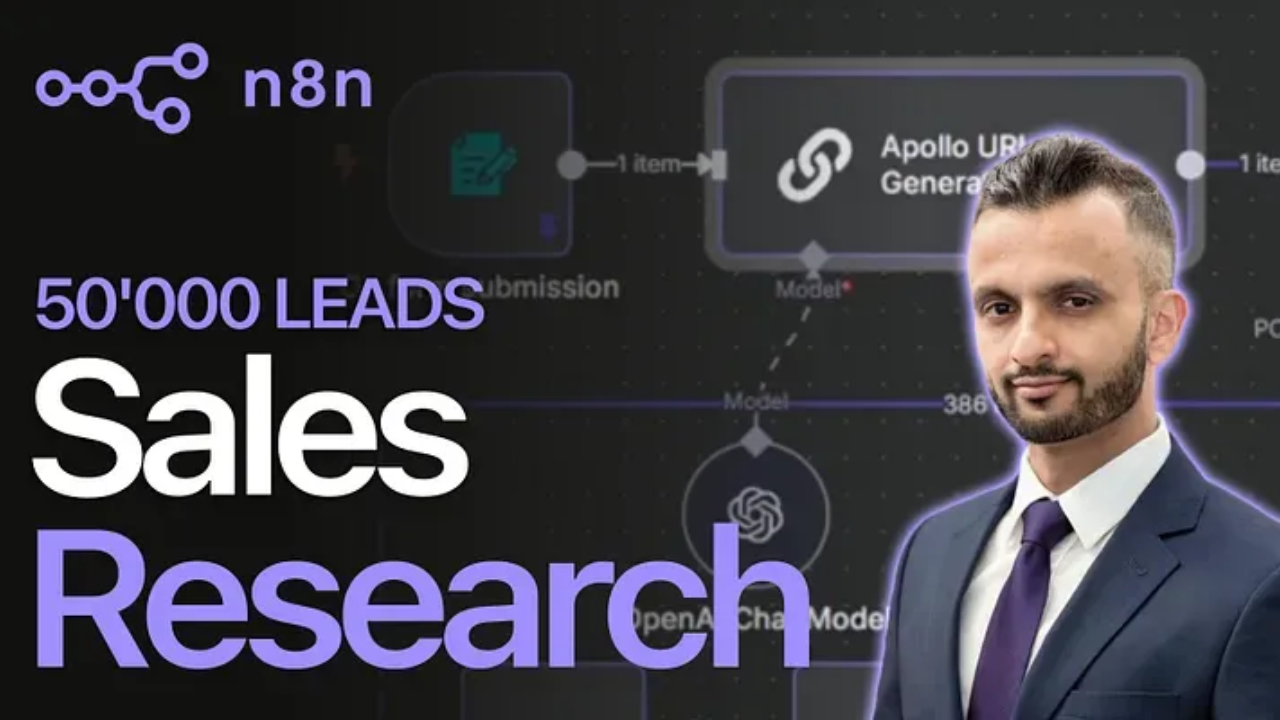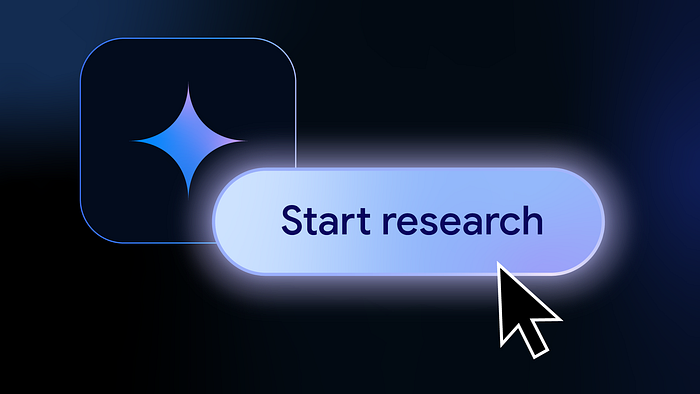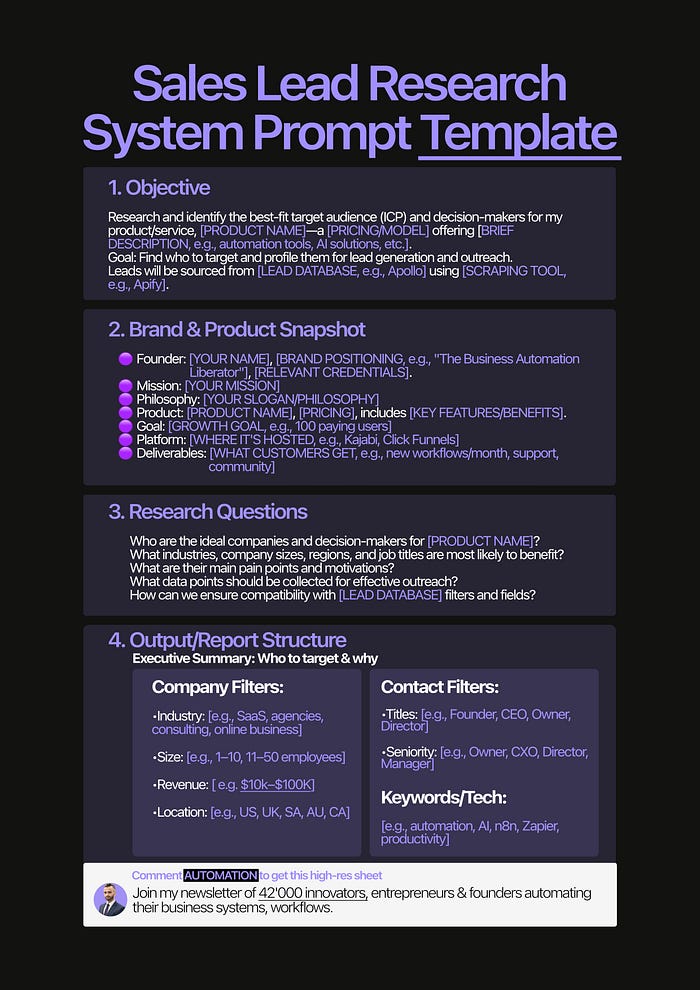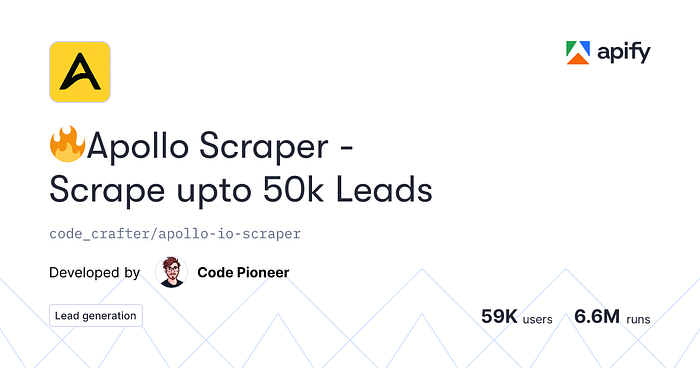Automating Your Sales Funnel Starts With Lead Research
Aug 28, 2025
Before you start building any sales automation system — or replacing your Sales Development Rep (SDR) with AI — you need to know one thing first:
Who exactly are you targeting?
You can’t just jump into automation with a vague idea and hope for the best. That’s a fast track to wasted time, scattered leads, and zero ROI.
So today, I’m going to walk you through the exact process I use to nail down my Ideal Customer Profile (ICP) and set up lead research that feeds a high-quality sales funnel. This is the foundation before you even think about scraping leads or writing outreach messages.
The Innovation Gap: Why Automation Fails Without a Target
So most people jump straight into tools like Apollo, LinkedIn Sales Navigator, or Clay and start scraping leads without a clear target. Sound familiar?
I used to do the same. I thought, “If I just plug in the tools, the leads will come.” But what I found was the opposite. Without a clear ICP, you’re basically shooting in the dark (Shotgun approach or Spray-and-Pray method).
You waste budget chasing unqualified leads, and your sales pipeline stays dry.
The real bottleneck is not the tools — it’s the lack of a clear, detailed ICP.
A Systematic Approach to AI-Powered Lead Research
Press enter or click to view image in full size
I don’t wing this anymore. I use this deep research template (click here to get the full prompt) that I feed into AI tools like ChatGPT, Gemini, or Perplexity with their deep research mode turned on. This template guides the AI to deliver exactly what I need:
- Who are the best-fit companies and decision-makers for my product?
- What industries, company sizes, and regions should I focus on?
- What pain points do these prospects have?
- What filters in Apollo or other platforms will get me the highest quality leads?
The full template I use is available in our Corporate Automation Library (CAL), where you can copy and paste it directly to get started.
Inside the Lead Research Blueprint
Press enter or click to view image in full size
Here’s a quick overview of what’s inside the template I use:
- Objective I start by clearly stating the goal: research and identify the best-fit target audience (ICP) and decision-makers for my product, CAL Pro (Corporate Automation Library Pro). For example, CAL Pro is a $47/month subscription with done-for-you n8n automations for marketing, sales, content, and operations. The goal here is to define the exact parameters for lead generation and outreach. Leads will be sourced from Apollo using an Apify scraper
- Brand & Product Snapshot This section includes my founder name and brand positioning (“The Business Automation Liberator”), social proof (121K YouTube subscribers, 58K LinkedIn followers), and mission (“Time is the only real currency — everything else can be automated.”). It also details the product, pricing, deliverables, and current goals, like reaching 100 paying users.
- Research Questions I ask the AI to answer critical questions: Who are the ideal companies and decision-makers? What industries, company sizes, regions, and job titles benefit most? What are their pain points and motivations, such as overwork, manual processes, or scaling challenges? And crucially, what specific Apollo filters will yield the best leads?
- Lead Sourcing & Scraping Inputs Here I specify the exact filters for the lead database: the platform (Apollo.io), company criteria (industries, size, geography), contact criteria (job titles, seniority), and any relevant keywords. The output is a unique URL with all filters applied, ready for scraping.
Why You Can’t Skip This Step
You might think, “I already know my audience.” But getting this crystal clear and structured is what makes automation work.
Once you have this blueprint, you can plug it into Apollo or your scraping tool and get a clean, qualified list of leads. No more guesswork. No more wasted effort.
From a Qualified List to an Automated Funnel
After you get your lead list, you’ll move on to lead enrichment (adding emails, social profiles, etc.) and crafting outreach messages. But that comes later. For now, focus on nailing your ICP and lead research. This is the foundation of a scalable sales funnel.
Press enter or click to view image in full size
In my next article, I’ll be diving deep in to how we scrape 5000s of leads from Apollo using Apify for under $2
Your ICP should be a living document, but it must include these core components:
- Industries: Digital entrepreneurs, agency owners, technical founders.
- Company size: 1–10 employees (primary), 11–50 (secondary).
- Monthly revenue: Enough to afford your product (avoid targeting bootstrapped startups if they can’t afford you).
- Pain points: Overworked, stuck in manual repetitive tasks, no scalable systems.
- Transformation promise: Cut workweeks in half, reclaim 20+ hours, double revenue.
- Geography: English-speaking regions (or your specific target markets).
- Lead source: Apollo + Apify scraper (or other tools you plan to test).
That’s a wrap…in my next article, I’ll be diving deep into how we scrape 50'000s of leads from Apollo using Apify for under $1.2!
Your Next Step: From Clarity to Action
If this systematic approach resonates with you, I invite you to join my free newsletter, where I share these systems every week.
You’ll also get immediate access to my Corporate Automation Library — a tool to diagnose your business and find out which of the 5 Levels of AI Automation you’re on.
Get the Corporate Automation Library
From 80-Hour Weeks to 4-Hour Workflows
Get my Corporate Automation Starter Pack and discover how I automated my way from burnout to freedom. Includes the AI maturity audit + ready-to-deploy n8n workflows that save hours every day.
We hate SPAM. We will never sell your information, for any reason.







